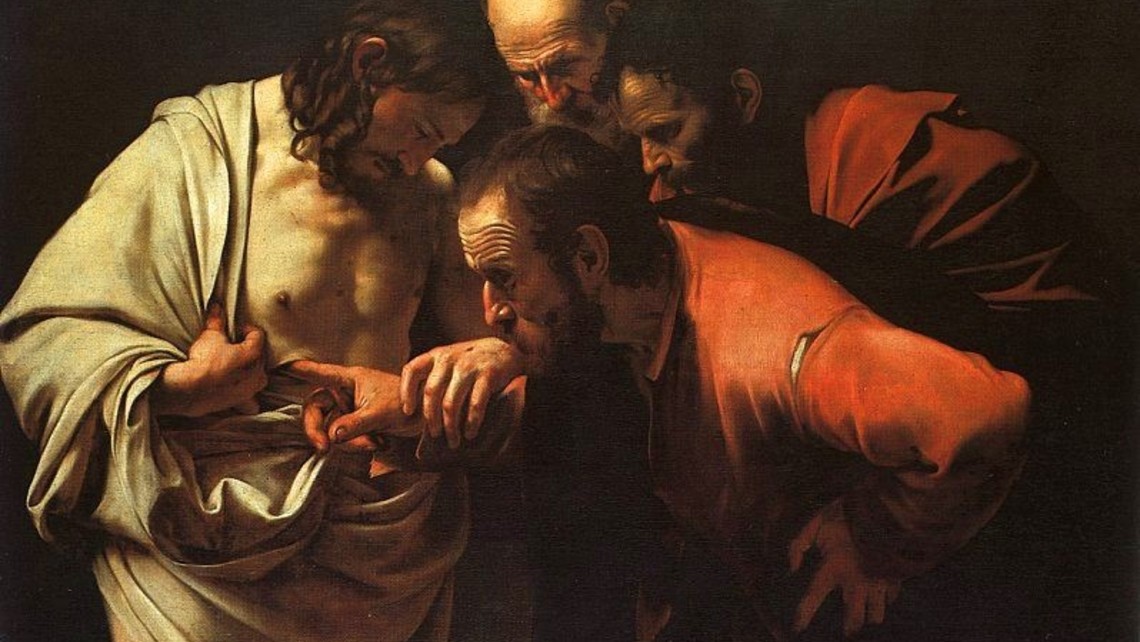
In the springtime month of April, many people experience joy and hope on the occasion of Easter. After a long, dreary, and sometimes agonizing Lenten season, the world bursts into a song of relief and gratitude that Jesus Christ has conquered death and risen in glory. Yet, for some, the joy of Easter can seem like a bit of a slap in the face. For these people, their long and painful Lent feels not as though it's ended but only continued.
In the therapy room, there are moments when I feel the weight of my client's crosses, their deep desire to be unburdened of those crosses, and their urgent questions about how they are going to be healed. This urgency makes me press into the question of what it means, this side of heaven, to be healed. The goal of therapy, after all, is often presented as healing from psychological and emotional wounds. What does that look like in a fallen world where we have been saved from certain death but still struggle, often limping our way toward fullness of life?
The wounds of the risen Jesus offer an answer. This is true in at least a few different ways. First, the resurrected body of Jesus, still bearing the scars of his injuries, shows every person who suffers that he too knows what it is to suffer. This way of being accompanied in suffering by another is a powerful source of healing. As Neal Lozano once said, "In people's darkest traumas, what they need most is to know that that they weren't alone in their experience, that God was with them." This doesn't mean that the scars disappear, but that a new freedom is obtained through union with another who knows our pain and has His own scars to prove it.
Second, the wounds of the risen Jesus show that He has transformed the nature of human suffering through rising to life again. He has won power over suffering unto death. As we see and experience daily, this does not mean that suffering ended with the resurrection of Jesus. It means that now, those who suffer can stand in the power of those wounds, knowing that he has won for them resurrection from the deadly consequences of sin, addiction, abuse, depression, and every other burden. The apostle Thomas gives us such a relatable example of one under the burdens of fear and doubt. Jesus spoke so powerfully into that fear and doubt of Thomas when He asked him to physically touch His wounds. He asked Thomas to take the risk because it was the way to the reassurance Thomas needed. "The wounds of Jesus are a scandal, a stumbling block for faith, yet they are also the test of faith," said Pope Francis. "That is why on the body of the risen Christ the wounds never pass away: they remain, for those wounds are the enduring sign of God’s love for us. They are essential for believing in God. Not for believing that God exists, but for believing that God is love, mercy and faithfulness."
One person may touch Christ's wounds through the courage to expose a long hidden addiction. Another might do so by surrendering their controlling behavior of a loved one. Christ invites each of us to risk touching His Wounds in specific, concrete ways. He does this in order that we might have the courage to show our own wounds, and walk toward freedom in the certainty that it has been won for us and that there is another who goes before us. When we are burdened by our wounds, it can feel like the death of our spirit is the only possible outcome. Jesus shows us another way, and he does it by inviting us to touch His wounds.
Peace,
Anna Heschmeyer MS PLMFT



